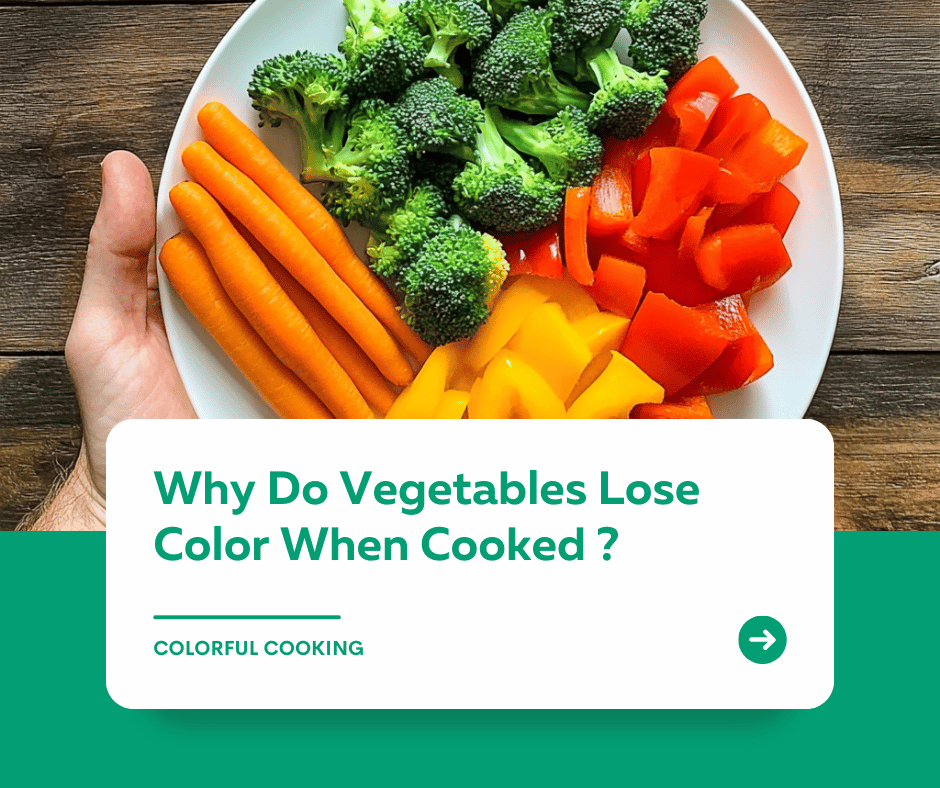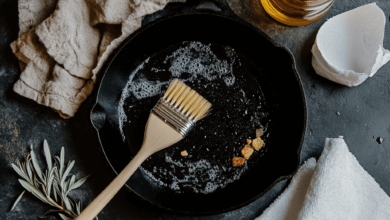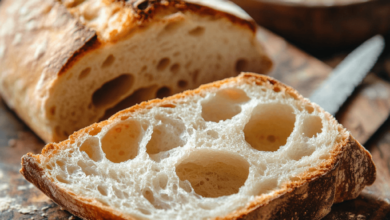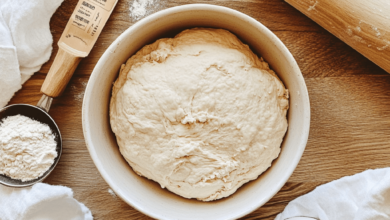
Ever wonder why your vibrant greens or bright carrots lose their color after cooking? It’s a common issue that can make dishes look less appealing, but understanding why it happens can help you keep your vegetables looking as delicious as they taste. Here’s everything you need to know about maintaining color when cooking vegetables.
The Science Behind Color Changes
Vegetables get their bright colors from natural pigments: chlorophyll (green), carotenoids (orange/yellow), and anthocyanins (reds/purples). When exposed to heat, these pigments break down or change, often resulting in duller, less vibrant vegetables. For example:
- Chlorophyll in greens can turn olive-colored due to acid release during cooking.
- Carotenoids are more stable but can lose intensity with prolonged cooking.
- Anthocyanins are highly sensitive to pH changes, shifting color with acidity.
Quick Tip: Blanching vegetables helps preserve chlorophyll by keeping cooking time short and quickly stopping the cooking process with cold water.
Best Cooking Techniques for Color Preservation
- Blanching and Shocking: Blanching is a quick boil followed by an ice bath, which helps lock in color and texture. This technique is great for leafy greens, broccoli, and green beans.
- Steaming: Steaming vegetables instead of boiling minimizes water contact, helping retain vibrant colors. Steaming also helps keep more nutrients intact.
- Sautéing with Care: If you’re stir-frying or sautéing, cook vegetables at a high temperature for a short period. This approach quickly cooks the outside without fully breaking down the pigments.
For more tips on cooking techniques, explore our article How to Keep Veggies Fresh and Vibrant on Kuestion.co.
How to Adjust pH for Better Color
Acidity can significantly impact the color of vegetables:
- Greens: Avoid adding acidic ingredients like lemon juice or vinegar until after cooking, as acids turn chlorophyll a dull green.
- Purple and Red Vegetables: Anthocyanins are highly responsive to acidity, often turning red with acid and blue with alkaline substances. To maintain color, consider lightly sautéing with neutral or slightly acidic oils.
Did You Know? Cooking with baking soda can help keep greens green, but too much can soften vegetables and change flavor. Use with caution.
Fun Ways to Involve Kids in Colorful Cooking
Engaging kids in the kitchen can be even more fun when you focus on color. Here are a few easy ways to get them involved:
- Color Picking: Ask them to pick vegetables based on colors they like. This is a great way to introduce different types of produce.
- Layering Colors: Let them help layer vegetables with different colors, like bell peppers, carrots, and zucchini, for a visually appealing dish.
Encouraging kids to participate makes them more excited to try what they’ve helped create!
Avoiding Common Mistakes
Keeping vegetables colorful isn’t hard, but these mistakes can make it tricky:
- Overcooking: Longer cooking times dull color. Aim for al dente for the brightest results.
- Crowding the Pan: This can cause steaming rather than roasting, which affects both color and texture.
- Using Salt Too Early: For some vegetables, adding salt early can draw out water, impacting color and texture. Try adding salt at the end of cooking.
To avoid other common cooking issues, see our Guide to Avoiding Cooking Pitfalls on Kuestion.co.
Storage Tips for Maintaining Color in Leftovers
- Cool Quickly: After cooking, let vegetables cool to room temperature before storing. Hot storage can cause ongoing pigment breakdown.
- Store in Glass Containers: Glass helps retain freshness better than plastic and doesn’t leach chemicals.
- Reheat with Care: For best color retention, reheat in the oven or on the stove instead of the microwave.
FAQ: Common Questions on Cooking Colorful Vegetables
Can I keep vegetables green while cooking soups? To keep greens vibrant, add them at the very end of cooking, right before serving.
Is blanching always necessary? No, but blanching is especially helpful for freezing vegetables to preserve their color and texture.
Conclusion
Maintaining the color of vegetables when cooking is easier than you might think with a few simple tricks. From adjusting cooking techniques to understanding the role of pH, there are plenty of ways to keep your meals looking fresh and vibrant. Next time you’re cooking veggies, remember these tips for colorful, eye-catching results.
For more in-depth guides on kitchen techniques, visit Kuestion.co and take your cooking skills to the next level!




